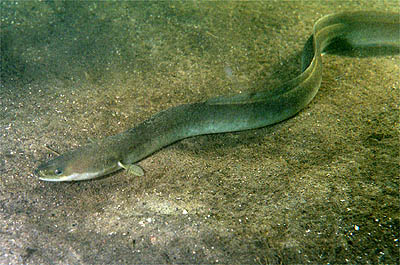Facts About European eel
The European eel is a captivating species that inhabits both freshwater environments and the ocean. Typically, these eels grow to about 60–80 cm in length, although some can reach up to 1.5 meters. Historically, eels have been a significant food source, with dishes like jellied eels enjoying considerable popularity.
Regrettably, the European eel is now critically endangered. Their numbers have plummeted due to overfishing, parasites, migration barriers, and pollution. Various conservation efforts are underway to help save this species. These efforts include traceability systems to monitor eel populations and breeding projects aimed at boosting their numbers. Organizations such as the Sustainable Eel Group and DTU Aqua are at the forefront of breeding European eels in captivity.
For centuries, the life cycle of the European eel remained a mystery. Scientists now believe that they spawn in the Sargasso Sea. After hatching, the larvae undertake an astonishing 300-day journey to Europe, where they transform into glass eels upon reaching the coast. These glass eels then develop into elvers before maturing into yellow eels. When they reach the silver eel stage, they embark on the long journey back to the Sargasso Sea to spawn.
Intriguingly, European eels possess a sense known as magnetoreception, which likely aids them in navigating their lengthy migrations. Breeding projects aim to uncover more about this unique ability and develop better conservation strategies for this remarkable species.
